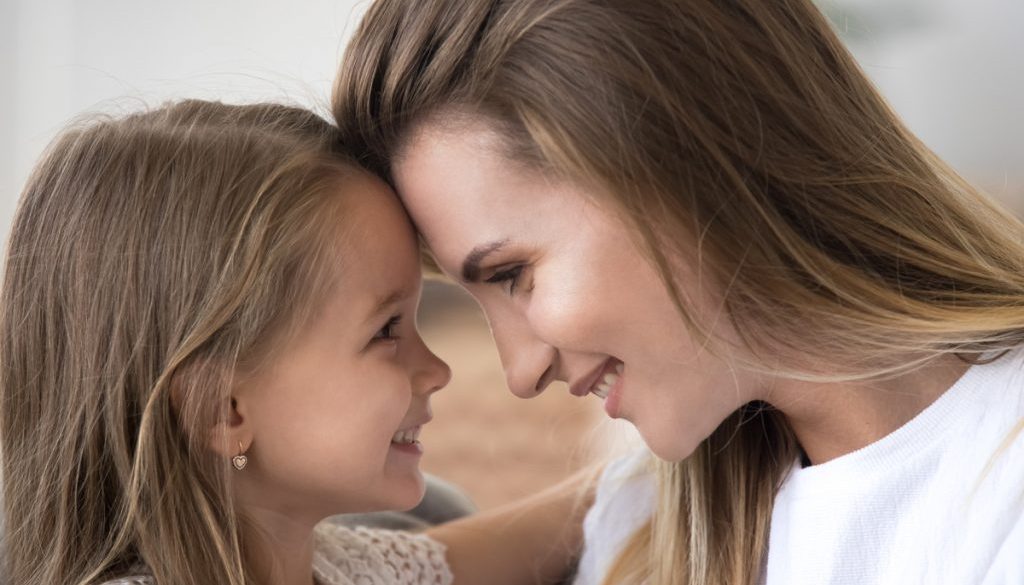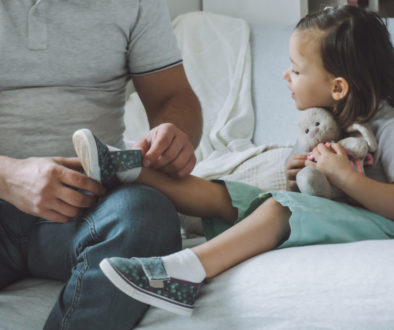Creating Connection Through Positive Discipline

Sometimes children misbehave. They might say hurtful or unkind things to you, they may act out in anger, refuse to listen and have big tantrums. This behavior is normal for developing child. The challenge arises when we try to address these behaviors without resorting to punishment, time outs and raising our voice.
It is true that punishment can sometimes address the immediate behavior, but it does not have long term effectiveness or address the underlying cause of the behavior. Moreover, it can even lead to more conflict and disconnection between you and your child.
So, what should you do when your child is misbehaving? Here are four simple techniques to help create a deeper connection between you and your child as well as reduce unwanted behavior:
1. Acknowledge Feelings: There’s a direct connection between how children feel and how they behave. We can help children with their behaviors by first acknowledging their feelings; “It’s frustrating when it’s time to go and you’re having so much fun.” When acknowledging feelings, you are not agreeing with or accepting the behavior. You are simply stating out loud that you understand their perspective.
2. Be Clear with Limits: Make limits kind, consistent and clear. Limits should be set in order to keep kids safe and well-cared for. It’s normal for children to become frustrated with limits; but being consistent and following through with them is important regardless of how upset they become. “You have reached your screen time limit, no more screen time for today,” is an example of a clearly set limit, with the well-being of your child in mind.
3. Create a Safe Space for Choices: Children are natural explorers and play is how they learn. So, create an environment where they can play and explore safely. For example, your toddler might love to throw things. You can set a limit and create a safer alternative; “You cannot throw the blocks, but you can toss the bean bags into this bucket.” Offering choices is a great way to help children learn appropriate behavior while also fostering good decision-making skills. When children are young give only two choices and make sure that both choices are okay with you. For example, “You can sit in the stroller or hold my hand and walk.”
4. Create Connection Before Correction: Keep in mind that discipline is not punishment, it is teaching; and connection creates feelings of safety where children are more open to being taught. Research has proven that discipline is not effective without a meaningful connection with our little ones. So, take some time each week to really connect, play and engage with your child. Fill their cup with love by taking time to simply be present with them. Once you establish meaningful connection with your little one, discipline becomes an opportunity for teaching, instead of being just another word for punishment.





